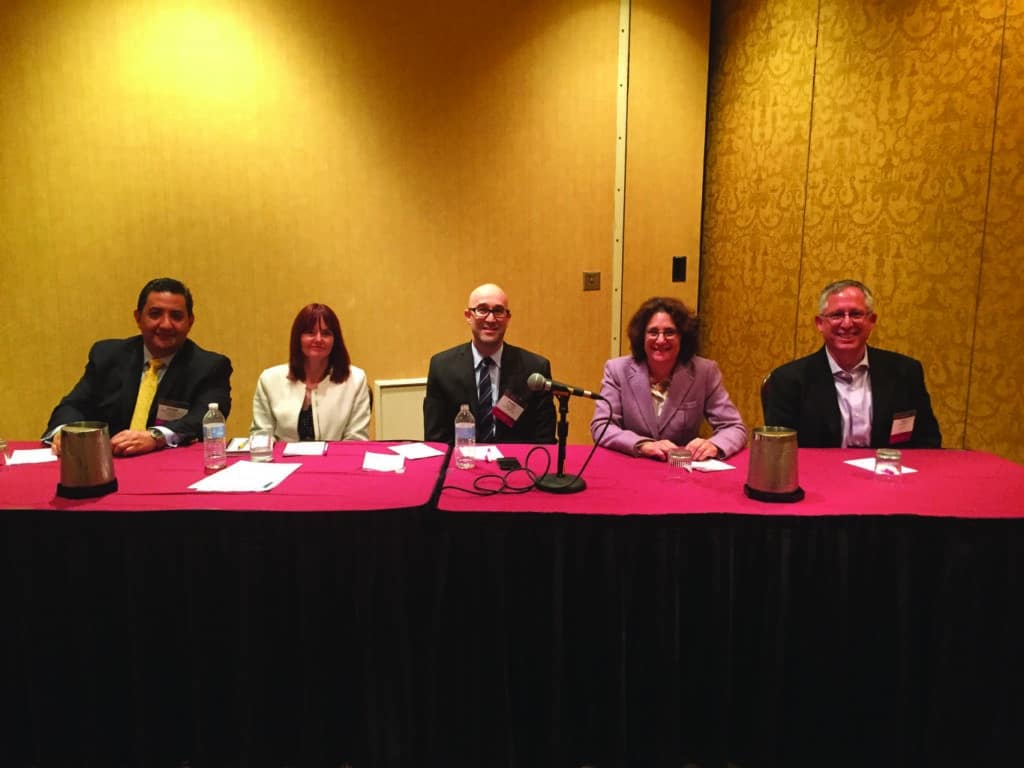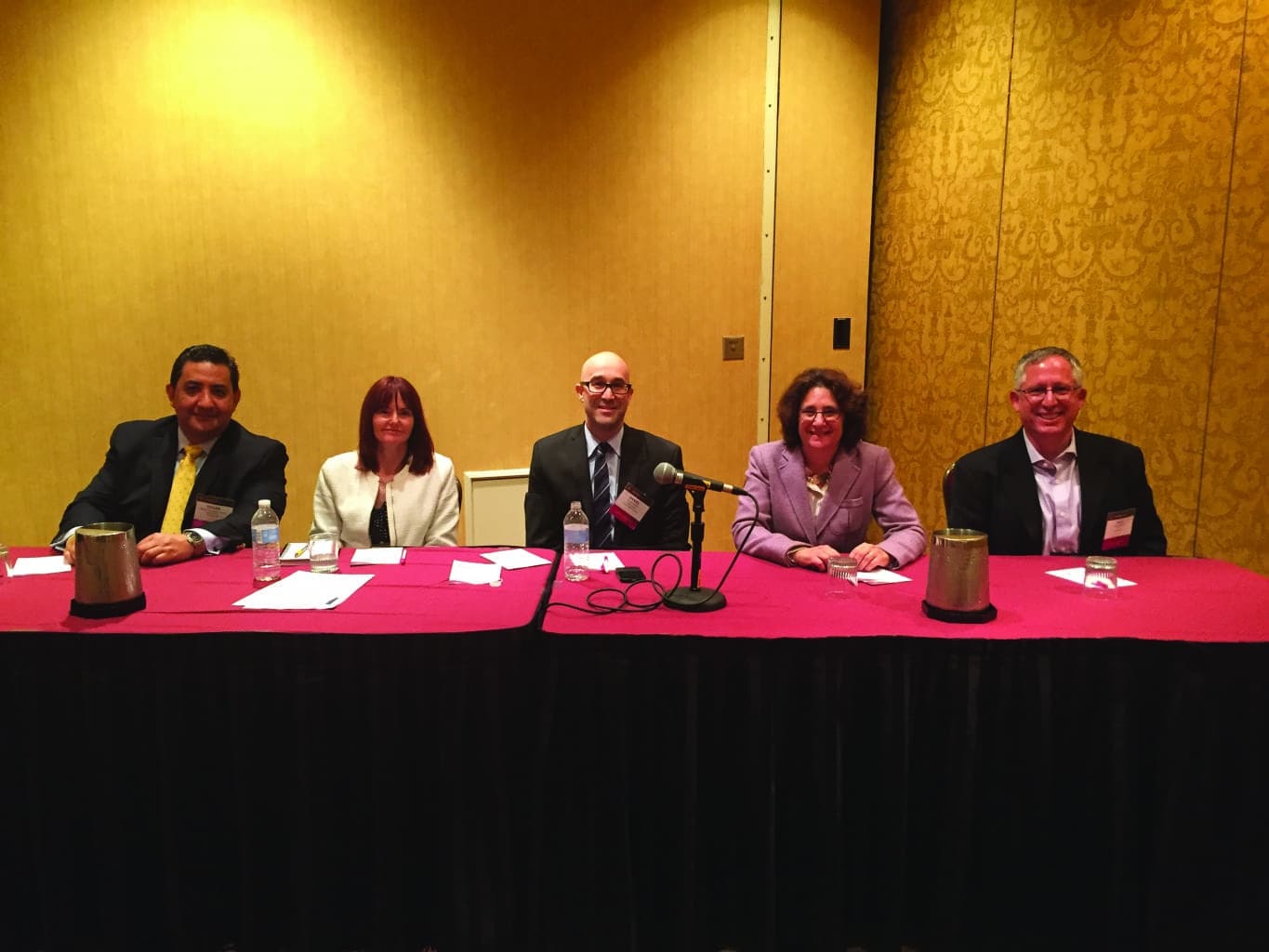On November 9 and 10, ACA hosted a seminar in New Orleans, LA, on Managing Hazard Communication & Chemicals Regulation in the North American and European Marketplace. The seminar, which drew some 60 ACA members, focused on educating regulatory specialists within the paint and coatings industry on how chemicals management regulations and chemical hazard communication impact their businesses.
The program began with a keynote address by Jim Jones, assistant administrator for EPA’s Office of Chemical Safety and Pollution Prevention. Jones focused on how the U.S. Toxic Substances Control Act (TSCA) impacts formulators. His address spoke to a number of emerging regulations and proposals on chemicals, including chlorinated paraffins, toluene diisocyanate, and 1,4 dioxane. He detailed the three pillars of EPA’s existing chemicals programs: risk assessment and reduction; increasing access to chemical data; and promoting the design and use of safer chemicals. Also discussed was how developing policy such as EPA’s Safer Choice Program, Significant New Use Rules (SNURs) and TSCA reform will affect the coatings industry.
Following the keynote address was a detailed examination of TSCA by Martha Marrapese, Esq., of Keller and Heckman LLP. After discussing regulatory activities under way in the United States, Marrapese updated participants on Europe’s Registration, Evaluation, Authorisation, and Restriction of Chemicals (REACH). She noted that as of April 2015, 50,797 registrations, covering 13,149 unique substances, had been received.
Continuing with the topic of chemical management outside of the United States, Gary LeRoux of CPCA gave an overview of the Canadian Environmental Protection Act (CEPA) and Mónica Alcalá Saavedra of Comex Group addressed requirements in Mexico.
On the subject of hazard communication systems (HCS), a number of regulators and industry experts addressed the impacts on industry from varied HCS schemes, including OSHA’s HCS 2012, Canada’s WHMIS 2015, European Union’s CLP, and GHS regulations in Latin America. This was followed by a panel discussion exploring the feasibility of creating one label and one safety data sheet that could comply with these regulations.
Anthony Samson, policy advocate from the California Chamber of Commerce addressed policy issues in his state, highlighting recent developments with Prop 65. He detailed the Safer Consumer Products Regulations and identified the initial priority products: spray polyurethane foam systems containing unreacted diisocyanates; children’s foam-padded sleeping products containing tris phosphate; and paint and varnish strippers, and surface cleaners with methylene chloride. He then outlined opportunities for industry to actively engage on these topics.
Continuing the program, ACA’s Heidi McAuliffe spoke on the key differences between the transport of dangerous good regulations and the globally harmonized system of classification and labeling.
David Nugent, from global risk consulting, outlined the differences between packing regulations in his presentation on “Transportation and Storage of Containerized Flammable and Combustible Liquids: The Disconnect Between U.S. Federal Regulations, and State and Local Fire Codes.”
The program concluded with a discussion on the FTC Green Guides presented by ACA’s Stephen Wieroniey and Tim Serie. They noted the growing scrutiny of “greenwashing” claims and focused attention on concerns regarding zero-VOC claims.
Attendees reported that the two-day seminar provided helpful insights into product stewardship requirements for product composition, hazard communication, packaging, and transport.

